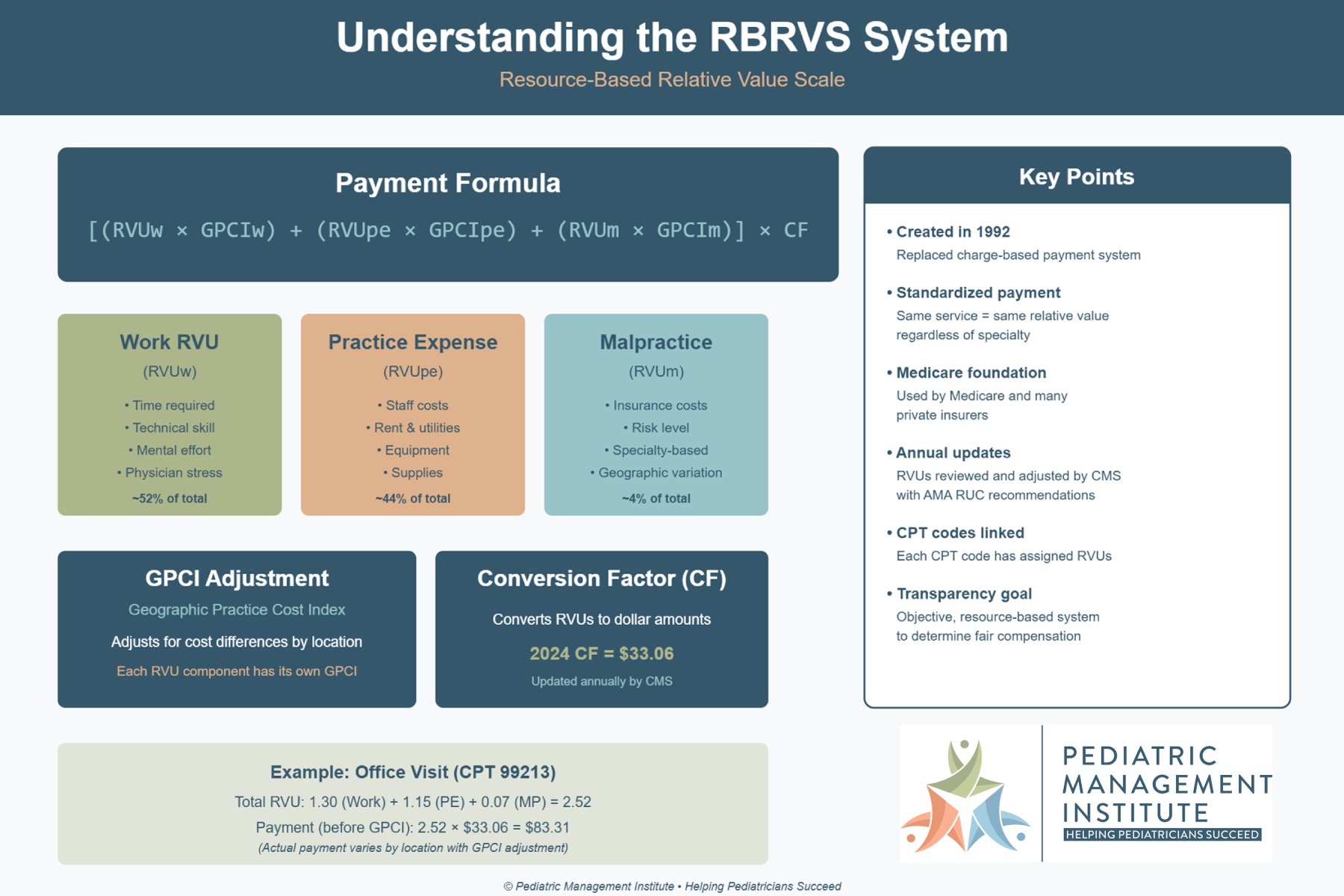How Do I Determine The Revenue Per Encounter?
How Do I Determine The Revenue Per Encounter?
Description:
This shows the average revenue per patient encounter.
Why is This KPI Important?
The use of this KPI is twofold: (a) to monitor provider revenue generation and (b) to estimate future revenue.
Monitoring Production - Tracking Revenue per Encounter allows the practice to ensure that consistent levels of revenue are being generated by each provider or across the practice. During winters, Revenue per Encounter is expected to decrease, as Pediatricians see more sick visits. During the months of June and July, they increase to reflect the larger number of check-ups being completed before children return to school. These seasonal variations should be anticipated, especially if you carry a private inventory of vaccines.
This KPI is also useful to compare various providers. Sometimes, certain providers may have more aggressive coding patterns than others and could provide learning opportunities for providers to share their coding strategies.
Future Revenue Generation Estimates - Revenue per Encounter is especially helpful when budgeting or projecting financial activity. For example, if the practice is looking to estimate the total revenue for a period of time in the future, they can simply estimate the number of encounters they expect and multiply that times the Revenue per Encounter. Doing this takes into consideration the provider's capacity, business office efficiency, and any seasonal variation in revenue.
This KPI can be run on an individual provider level or across the entire practice.
PMI Recommended Frequency to Run This KPI:
Monthly
Formula:
Total Revenue / Office Encounters
Show the Math:
$1,250,000 / 7,250 = $172.41
How Should I Track It?
This KPI can be tracked using an Excel spreadsheet by Practice and/or Department if you categorize expenses properly.


